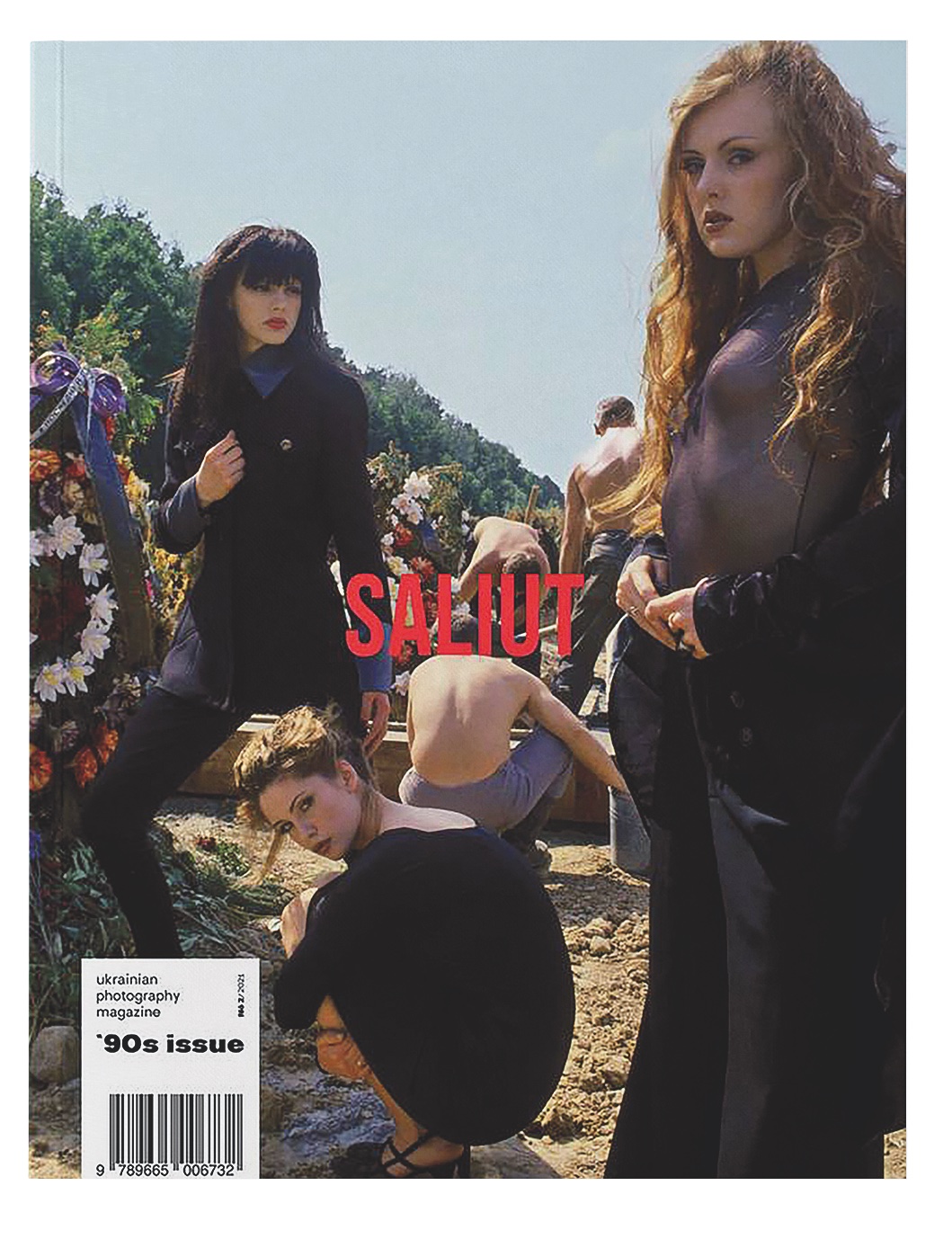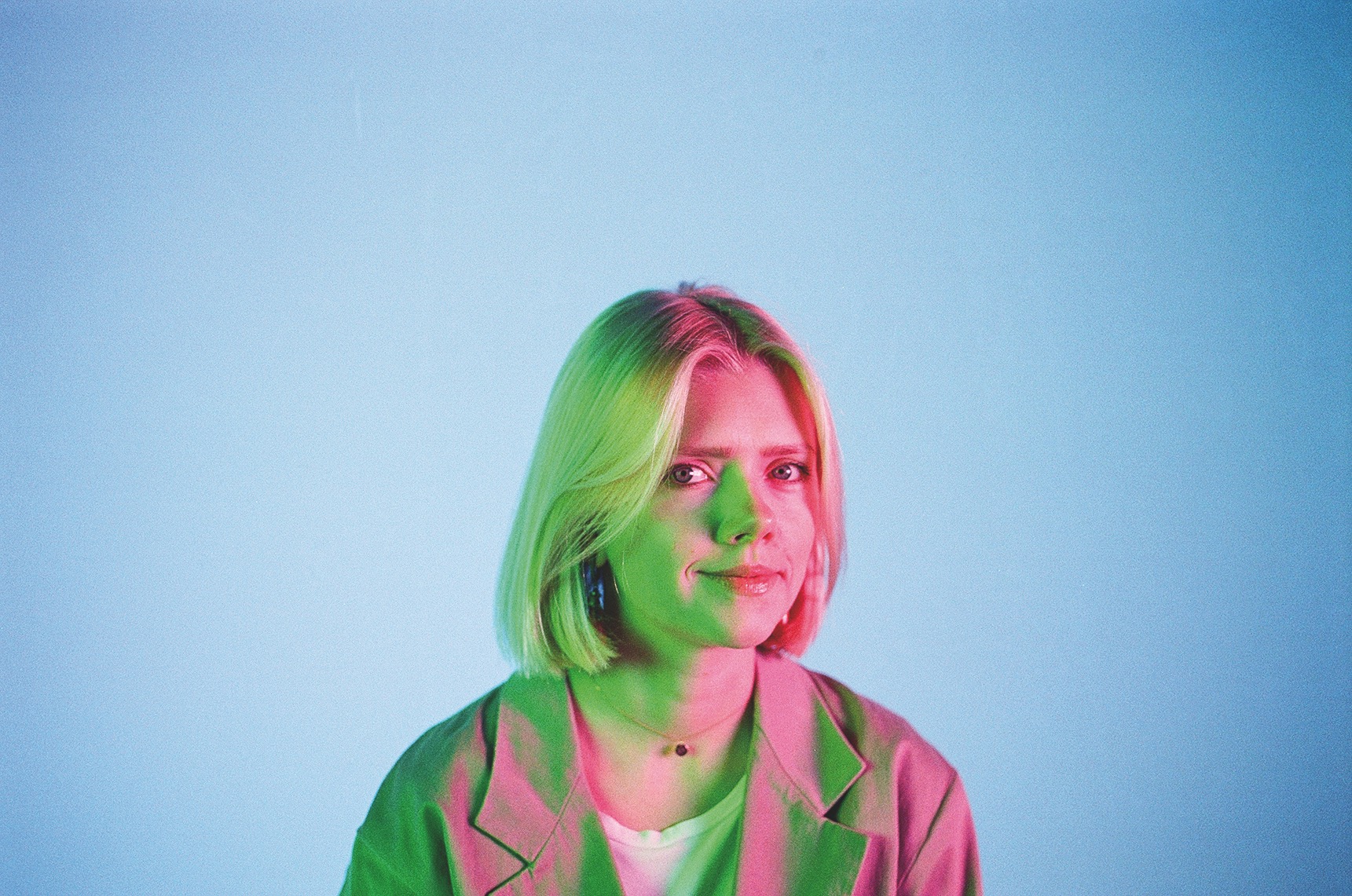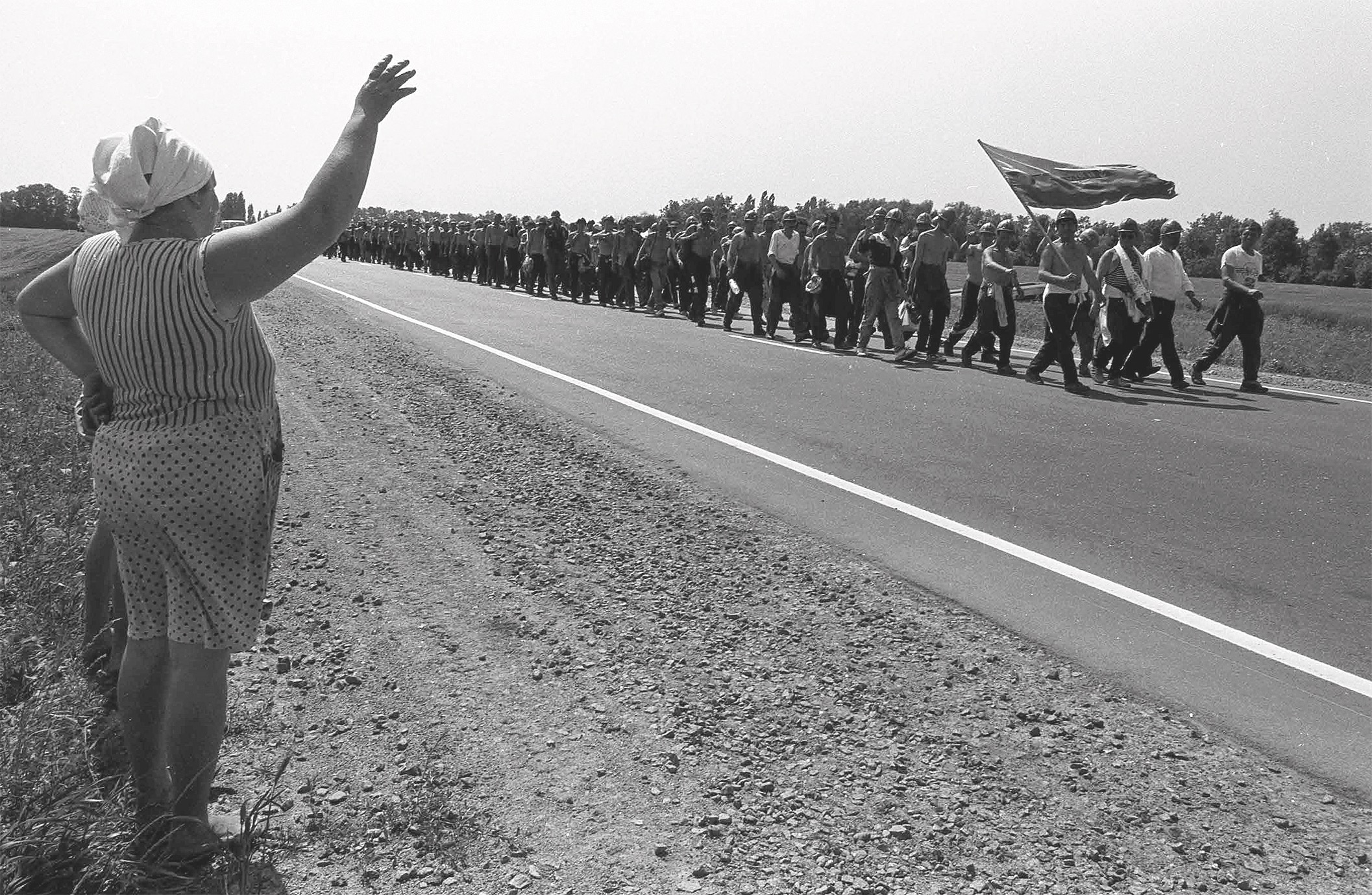The second issue of Kyiv-based photography magazine Saliut came out a few weeks before Russian troops invaded Ukraine. Here, the magazine’s director Dana Pavlychko tells its story
Kyiv-based photography magazine Saliut released its second issue just a few weeks before Russian troops invaded Ukraine. As the country faced extreme turmoil and destruction, the new publication portrayed a very different period in its history.
Themed around the 1990s, the issue explores the uncertainty and hardships faced by a newly independent Ukraine as seven decades of Soviet rule came to an end, with images of Chernobyl by Yuri Kosin and portraits of homeless children from Oleksandr Glyadelov. It’s also a celebration of the creativity that flourished during that era and its impact on photographers today.
Behind the biannual publication is Osnovy, a publishing house run by director Dana Pavlychko. Her mother founded the business in the early 90s, and Pavlychko took over 12 years ago. She has since transformed Osnovy into a contemporary enterprise focused on supporting Ukraine’s up-and-coming creative talent.
What’s behind the name Saliut?
Saliut is the name of a camera that was made in Kyiv during the Soviet era. But the word has other meanings too. The Saliut hotel is one of Kyiv’s most iconic modernist buildings, and the word also means fireworks in Ukrainian. We thought the combination of all these meanings made it a fitting title.
What did you learn from putting together the issues?
The main thing it taught us is that we really enjoy making magazines. With a magazine, you can delve deep into a particular topic, and evolve with each issue you make. It’s not a fixed form like a book. You can experiment indefinitely with each issue. Nadiia Chervinska is Saliut’s editor-in-chief and she works with a team of four, including a guest editor that changes with each edition. For the new issue, we chose Halyna Hleba, an art historian. She knew exactly which photographers we should reach out to.
Why did you choose a 90s theme for the latest issue?
Everyone’s looking back to that era in terms of aesthetics, and I think what was happening in 90s Ukraine was very cool. The country was producing some top photographers during that time who were making work that was different to what was emerging in Europe and North America. We wanted to show readers something they hadn’t seen before, as well as showcasing the work of contemporary photographers who are inspired by that era. Last year, Ukraine also celebrated three decades of independence and this milestone made it a good time to look back.
The second issue had two cover images. How did you choose them?
We wanted to use two very different photographs and as soon as Arsen Savadov agreed to have his pictures in the magazine, we knew we had to put one on the cover. The image we went for was taken from a 1997 fashion shoot that took place in a graveyard. The models are posing next to floral wreaths as a coffin is lowered into the ground. The other is a black-and-white image taken by Valeriy Miloserdov of the 1998 miners’ strike when thousands of workers marched from western Donbas to Kyiv to demand the pay they were owed.
How can people get hold of Saliut?
They can buy it from our website and we will ship the issues when the war is over. We know we will win. Supporting Ukrainian business is very important because most activity came to a brutal stop after the Russian invasion. Ukrainians need support during these difficult times. Many people have not only lost their jobs, but their homes and loved ones. With worldwide support, Ukrainians can continue to fight Russia and win.




